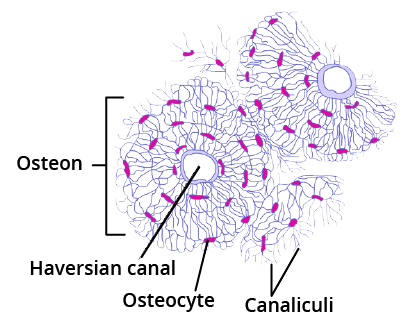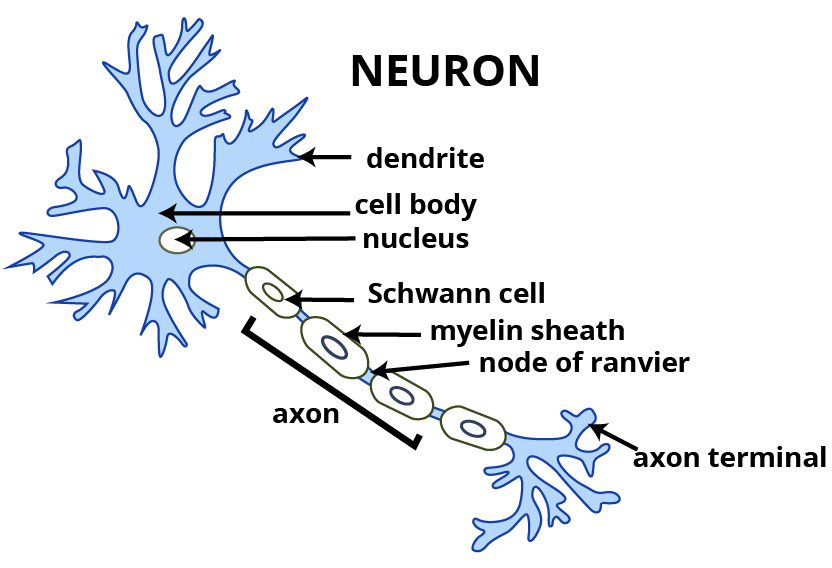Structural Organisation in Animals Class 11 Extra Questions and Answers Free PDF Download
FAQs on CBSE Important Questions for Class 11 Biology Structural Organisation in Animals - 2025-26
1. What are the high-weightage topics for the CBSE Class 11 Biology exam (2025-26) in Chapter 7, Structural Organisation in Animals?
For the 2025-26 CBSE exam, the most important topics from this chapter are:
- Animal Tissues: Detailed study of the structure, function, and location of Epithelial, Connective, Muscular, and Neural tissues. Questions comparing these tissues are common.
- Morphology and Anatomy of Cockroach: Special focus on the digestive, circulatory, and reproductive systems is crucial for securing good marks.
- Connective Tissues: Expect questions on the types of connective tissues, including bone, cartilage, blood, and their specific functions.
2. How should one structure answers for 3-mark and 5-mark important questions from this chapter?
To score well, structure your answers strategically:
- For 3-mark questions: Provide at least three distinct, accurate points. Use bullet points for clarity and include a well-labelled diagram if the question asks for it (e.g., a neuron).
- For 5-mark questions: Start with a brief introduction defining the core concept. Follow with 5-6 detailed points, explaining each with examples. A large, clearly labelled diagram is highly recommended, especially for questions on organ systems like the digestive system of a cockroach. End with a concluding sentence.
3. What are the main functions of epithelial tissue in animals, and how is it classified?
Epithelial tissue primarily serves functions of protection, secretion, absorption, filtration, and excretion. It forms the covering or lining of body parts. It is classified into two main types based on the number of cell layers:
- Simple Epithelium: Composed of a single layer of cells. It is further divided into squamous, cuboidal, and columnar types based on cell shape.
- Compound Epithelium: Composed of multiple layers of cells, its main function is protection against chemical and mechanical stress.
4. Why is connective tissue considered the most diverse of the four primary tissue types? Provide examples to support your answer.
Connective tissue is considered the most diverse because it includes a wide variety of tissues with different forms and functions. Its diversity stems from the variations in its matrix and constituent cells. For example:
- It exists in a fluid form like blood and lymph, which are crucial for transport.
- It forms the body's solid structural framework as bone and cartilage.
- It acts as a binding and supporting structure in the form of loose (areolar) and dense (tendons, ligaments) connective tissues.
This wide range from fluid to solid structures, each with a specialised function, makes it the most abundant and widely distributed tissue in the body.
5. Describe the key anatomical adaptations of a cockroach that make it a successful terrestrial insect.
A cockroach exhibits several important adaptations for a terrestrial lifestyle, making it a frequent topic in exams:
- A hard, waxy chitinous exoskeleton prevents water loss and provides protection.
- A segmented body with jointed appendages allows for rapid movement.
- A well-developed tracheal system with spiracles allows for direct gaseous exchange with tissues, independent of the circulatory system.
- Compound eyes and antennae provide excellent sensory input for detecting food and danger.
6. Differentiate between skeletal, smooth, and cardiac muscle tissues.
The three types of muscle tissues are differentiated based on their structure, location, and control:
- Skeletal Muscle: Attached to bones, these are striated (striped) and voluntary in action. They are responsible for body movement.
- Smooth Muscle: Found in the walls of internal organs like the intestine and blood vessels. They are non-striated and involuntary.
- Cardiac Muscle: Found only in the heart wall. They are striated, branched, and involuntary, responsible for pumping blood.
7. Compare the circulatory system of a frog with that of a human. What is the significance of the frog having a three-chambered heart?
The primary difference lies in the heart structure. Humans have a four-chambered heart (two atria, two ventricles) which ensures complete separation of oxygenated and deoxygenated blood. In contrast, a frog has a three-chambered heart (two atria, one ventricle). The significance of this is that in the single ventricle of a frog, some mixing of oxygenated and deoxygenated blood occurs. This is known as incomplete double circulation. While less efficient than the human system, it is sufficient to meet the metabolic demands of a cold-blooded amphibian.
8. What are the key features of the nervous system in a cockroach?
The nervous system of a cockroach, an important question topic, consists of a series of fused, segmentally arranged ganglia joined by paired longitudinal connectives on the ventral side. The supra-oesophageal ganglion, often called the 'brain', is prominent in the head region and supplies nerves to the antennae and compound eyes. The rest of the nervous system allows for a high degree of autonomous function in the body segments.
9. A common point of confusion is the difference between dense regular and dense irregular connective tissue. Clarify this with respect to their structure and function.
The key difference is the orientation of collagen fibres, which directly relates to their function:
- In dense regular connective tissue, the collagen fibres are arranged in parallel bundles. This structure provides immense tensile strength in a single direction. A classic example is a tendon, which connects muscle to bone.
- In dense irregular connective tissue, the collagen fibres are arranged randomly in a mesh-like network. This provides strength against tension from multiple directions. It is found in the dermis of the skin.
10. What is a neuron, and what are its main components responsible for transmitting nerve impulses?
A neuron is the microscopic structural and functional unit of the nervous system. It is specialised to transmit nerve impulses. Its main components are:
- The cell body (cyton), which contains the nucleus and cytoplasm.
- Dendrites, which are short, branched fibres that receive signals and transmit them towards the cell body.
- The axon, a single, long fibre that transmits impulses away from the cell body to another neuron or a muscle.




























